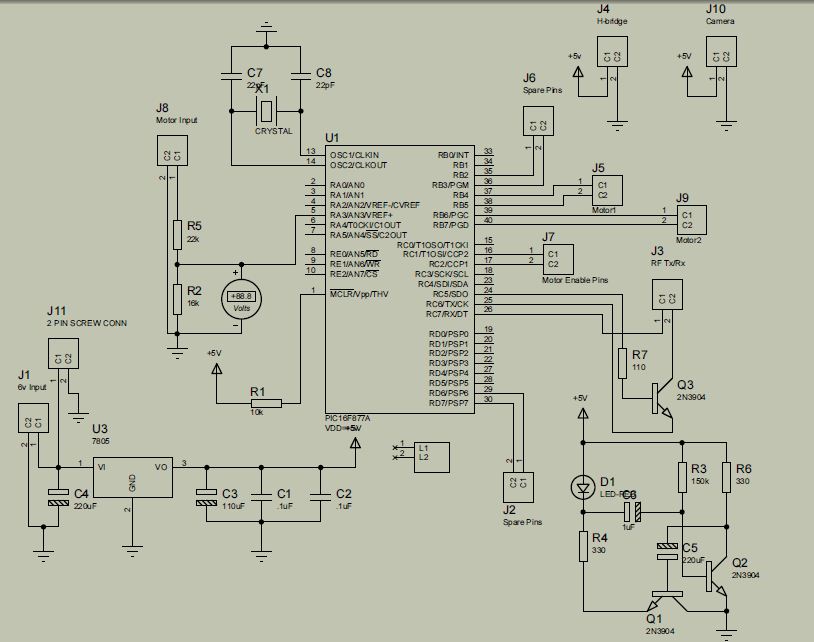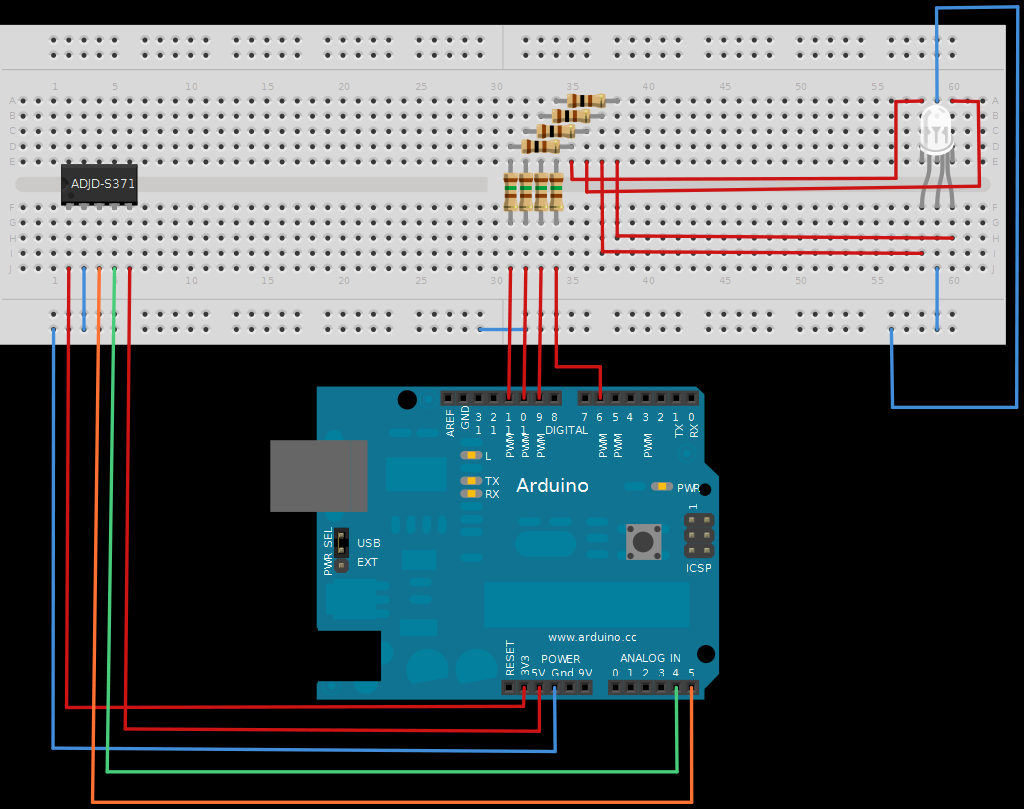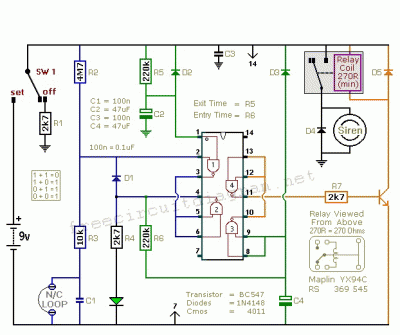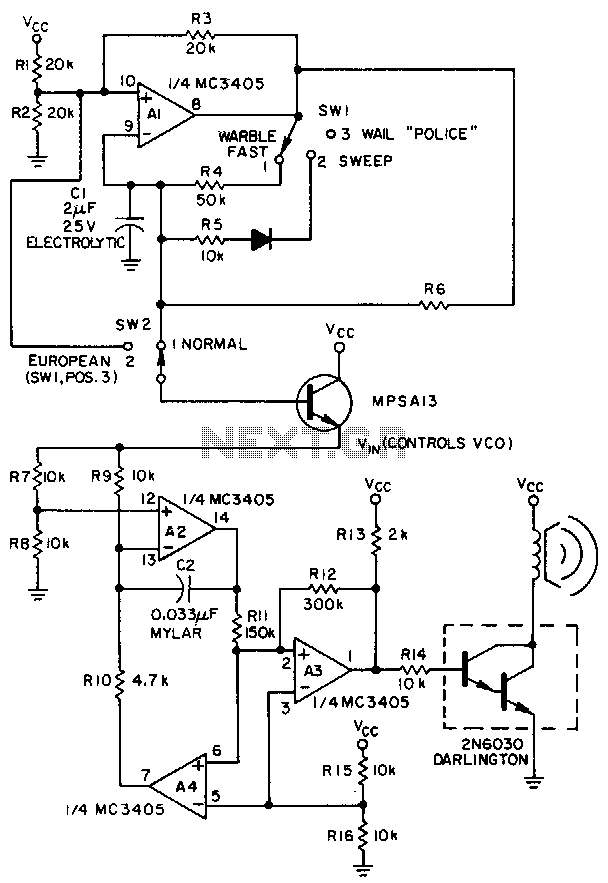
Line Following Robot Sensor

This line-following robot sensor, also known as a surface scanner for robots, is a compact, stamp-sized infrared proximity detector designed for short-range detection, typically within 5 to 10 mm.
The line-following robot sensor operates using infrared light to detect the presence of a surface or line beneath the robot. The sensor emits infrared light, which reflects off the surface and returns to the sensor. This principle allows the sensor to determine whether the robot is positioned over a line or a contrasting surface.
The key components of this system include an infrared LED, a phototransistor or photodiode, and associated resistors and capacitors for signal conditioning. The infrared LED emits light, and when it hits a surface, some of that light is reflected back to the phototransistor. The intensity of the reflected light varies depending on the color and texture of the surface. For example, a dark line on a lighter background will reflect less infrared light compared to a lighter surface.
The output from the phototransistor can be processed by a microcontroller, which interprets the signals to determine the robot's position relative to the line. The microcontroller can then adjust the robot's movement accordingly, allowing it to follow the line accurately.
In terms of circuit design, the sensor can be powered with a low voltage supply, typically between 3V to 5V, making it suitable for integration with various microcontrollers. The output signal from the phototransistor can be connected to an analog input pin of the microcontroller for continuous monitoring or can be configured to trigger a digital input when a certain threshold is crossed, indicating the presence of a line.
This sensor is ideal for applications in autonomous robots, such as those used in line-following competitions or automated guided vehicles (AGVs) in industrial settings. Its small size and simple design make it easy to integrate into various robotic platforms, enhancing their functionality and performance in navigating predefined paths.This Line Following Robot sensor or surface scanner for robots is a very simple, stamp-sized, short range (5-10mm) Infrared proximity detector wired aroun.. 🔗 External reference
The line-following robot sensor operates using infrared light to detect the presence of a surface or line beneath the robot. The sensor emits infrared light, which reflects off the surface and returns to the sensor. This principle allows the sensor to determine whether the robot is positioned over a line or a contrasting surface.
The key components of this system include an infrared LED, a phototransistor or photodiode, and associated resistors and capacitors for signal conditioning. The infrared LED emits light, and when it hits a surface, some of that light is reflected back to the phototransistor. The intensity of the reflected light varies depending on the color and texture of the surface. For example, a dark line on a lighter background will reflect less infrared light compared to a lighter surface.
The output from the phototransistor can be processed by a microcontroller, which interprets the signals to determine the robot's position relative to the line. The microcontroller can then adjust the robot's movement accordingly, allowing it to follow the line accurately.
In terms of circuit design, the sensor can be powered with a low voltage supply, typically between 3V to 5V, making it suitable for integration with various microcontrollers. The output signal from the phototransistor can be connected to an analog input pin of the microcontroller for continuous monitoring or can be configured to trigger a digital input when a certain threshold is crossed, indicating the presence of a line.
This sensor is ideal for applications in autonomous robots, such as those used in line-following competitions or automated guided vehicles (AGVs) in industrial settings. Its small size and simple design make it easy to integrate into various robotic platforms, enhancing their functionality and performance in navigating predefined paths.This Line Following Robot sensor or surface scanner for robots is a very simple, stamp-sized, short range (5-10mm) Infrared proximity detector wired aroun.. 🔗 External reference





